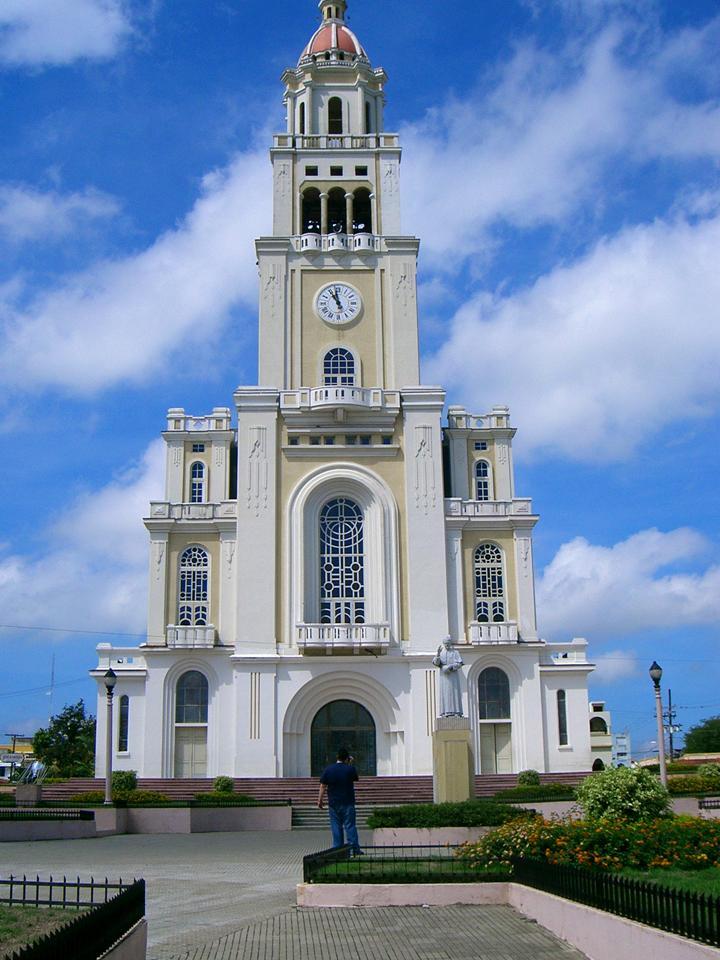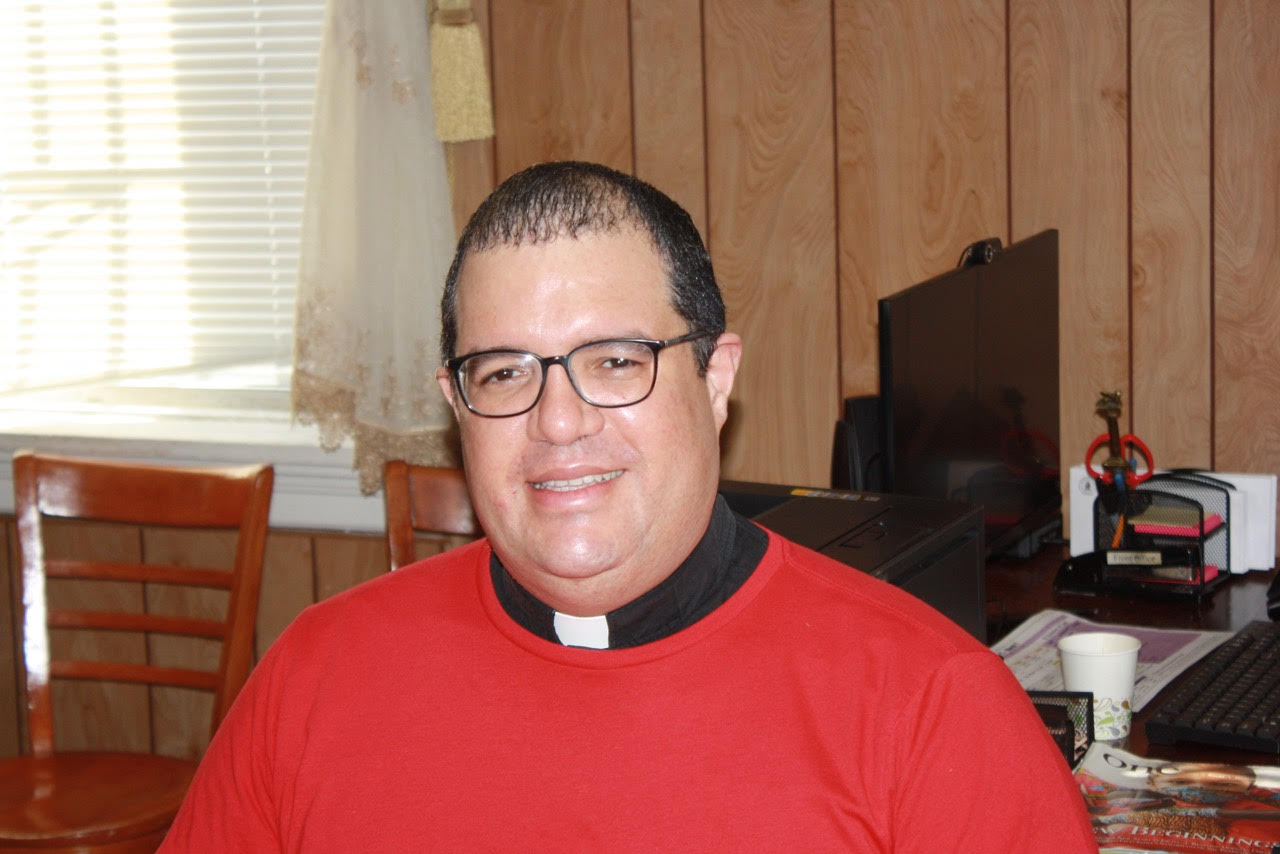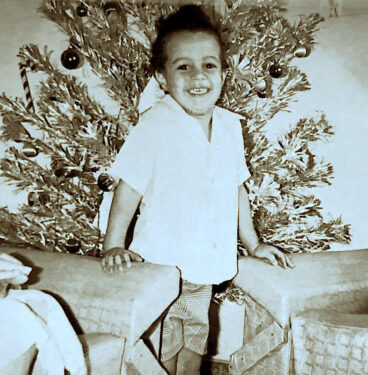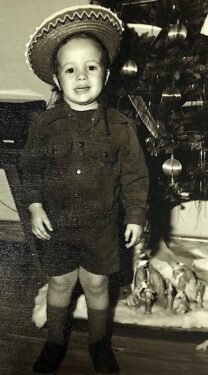
CORONA — Santa Claus does have a fanbase in the Dominican Republic, but not as strong as the Baby Jesus, the Three Kings, and La Vieja Belén.
These characters are among the happy Christmas memories of Father Manuel Rodriguez, pastor of Our Lady of Sorrows Parish in Corona, Queens.
His hometown is Moca in the Dominican Republic where his family worshiped at the historic cathedral, Iglesia Sagrado Corazón de Jesús — or in English, Church of the Sacred Heart of Jesus.
“My family home was across the street,” he exclaimed.
With such proximity to a famous cathedral, and growing up in a devout Catholic family, it is no surprise that Father Rodriguez immersed himself in Church life, including years spent as an altar server.
Likewise, he said, about 85% of the Dominican Republic is Catholic, so it’s not hard to understand why religious figures get more attention at Christmas than the jolly elf rumored to reside at the North Pole.
“In the part of the country where I grew up, which is the northern part, we kids knew that it was the Divine Child, not Santa Claus, who brought the toys and gifts,” Father Rodriguez said.
Meanwhile, on the southern coast of this Caribbean nation, the main gift giving happens on Jan. 6, the Feast of the Epiphany, this time courtesy of the Three Kings.

But what about the poor children at Christmas? Not to worry, Father Rodriguez said.
La Vieja Belén comes to the rescue, delivering gifts on their doorsteps a week after the Epiphany, he said.
“This elderly lady takes care of these kids who didn’t get anything or didn’t get what they wanted,” Father Rodriguez said. “So, you have a third try.”
He explained that this Dominican folk hero is a religious figure because she is from Belén, which is Spanish for Bethlehem, the city of Jesus’ birth.
“Santa Claus’ popularity has been growing in the last 30 to 40 years because of TV and technology,” Father Rodriguez said. “But still, these religious traditions remain.”

Father Rodriguez credited the pastors of his hometown parish — priests from the Salesians of Don Bosco — for preserving the traditions in the same manner they marshaled the people to construct the cathedral.
“It was built in the 40s and 50s by the people of my town, including my grandparents, my aunties, and my mom,” he said. “People carried stones from all over the countryside.”
The cathedral features stained-glass windows from Italy and a distinctive clock-faced bell tower. Father Rodriguez said it is considered the most beautiful Catholic building in the country.
“And I am saying so not because I’m from there,” he added. “From an architectural point of view there is nothing to match it in the country.”
As an altar server, Father Rodriguez eagerly anticipated Las Posadas (the inns). These caroling events re-enact the journey of Joseph and Mary from Nazareth to Bethlehem, and their anxious search for lodgings where Jesus could be born.
The priest, playing an accordion, leads processions of carolers, including the altar servers, to pre-selected homes. They invite onlookers to join in and everyone sings along the way. At each home, they engage in a musical dialog with the people living there.
The song “Para Pedir Posada,” (“Asking for a Place to Stay”) involves a singer portraying Joseph who begs an innkeeper to give his wife a peaceful place where she can deliver their baby, Father Rodriguez said.
The innkeeper finally agrees. And then everyone — inside and outside the home — conclude the song with a chorus:
“ … even though the place is poor
I offer it to you from my heart!
Let’s sing with joy!
Everyone at the thought!
That Jesus, Joseph and Mary
Came today to honor us!”
Christmas Eve is the traditional celebration of the holiday meal of roast pork or turkey. Next, families attend midnight Mass, followed by refreshments — usually a thick, sweet hot chocolate from Spain, Father Rodriguez said.
The pastor said these Christmas traditions are among the most cherished of his childhood.
“And these experiences in my childhood parish, I bring to my parish today,” he said.
Editor’s note: This is the fifth in a series of six articles where priests in the diocese who come from other countries reflect on their boyhood parishes and hometowns at Christmas.

